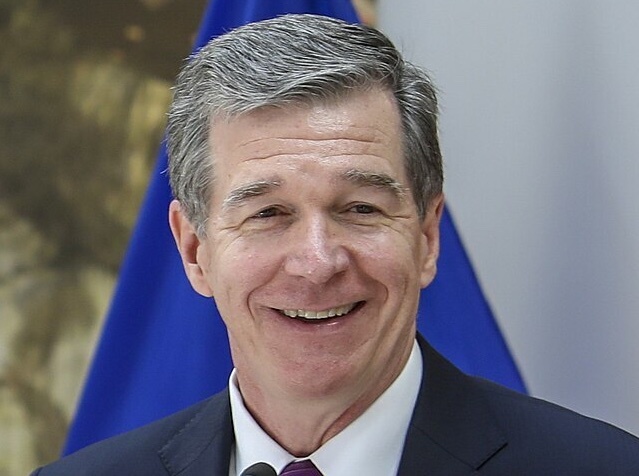This newsletter was jointly authored by Sarah Curry and Austin Pruitt.
New Bern may be best known as the birthplace of Pepsi Co., the world’s third largest food and beverage company. But it is also home to one of North Carolina’s most financially unstable tourist attractions — Tryon Palace — and the neighboring North Carolina History Center.
Tryon Palace was North Carolina’s first capital building in the late 18th Century, but was destroyed by a fire in 1798. Work to rebuild the palace as we know it today began in the 1940s as a means of investment in the city’s historical tourism industy. According to a 2012 House Appropriations Subcommittee report, since 1945 Tryon Palace has received more than $144 million in private funds and $89 million in taxpayer money.
However, since the early 2000s, approximately 70 percent of funding has come from state taxes with only 30 percent coming from private funds. The adjoining North Carolina History Center, which opened in 2010, has been funded at similar ratios. Tryon Palace received only 16 percent of its funding from earned sources such as admissions, educational programs, and weddings in 2012-13, with the remainder coming from taxpayers and private donors.

Both Tryon Palace and the History Center have been reliant on state funding, however the benefits provided by these sites are local in nature. Funding should reflect that, with the curtailing of state funding.
When looking for ways to replace state funding for this local attraction, one might use a comparable model, such as Virginia’s Mount Vernon. Washington’s estate has not and does not accept government funds and is a very well respected historical attraction. It relies on private grants and a substantial membership program for the majority of its funding. The admission prices are comparable between Tryon Palace and Mount Vernon, and school groups must pay a group rate to both. Rather than drastically increasing admission prices, Tryon Palace should follow Mount Vernon’s model, or one similar, by expanding their membership programs and charging extra for special tours.
Under current operations, admission to the North Carolina History Center is included in the basic Tryon Palace admission. Like many tourist attractions in the state, Tryon Palace could separate the two, selling an add-on admission ticket for the History Center. This would be a great way for Tryon Palace to increase funding for the NC History Center through admission fees.
Another way to increase private support of the palace would be to expand the membership program, which could offer a more sustainable source of private funding.
Of course it should not be expected that Tryon Palace will follow Mount Vernon and forgo all public funds, but the county and city must take more financial responsibility for their most important tourist attraction. According to Craven County’s Comprehensive Annual Financial Report, the county has contributed over $1 million dollars to the North Carolina History Center and is financing long-term debt that has been issued for the palace. This is a good step toward shifting funding from the state to the local level.
According to the 2013 Tryon Palace Annual Report, volunteer staff has increasingly become favored over full-time staff, and the number of special programs is on the rise. Even annual visitor attendance has been rising consistently each year since 2009. Many signs point to a future of increased self-sufficiency for Tryon Palace and its new North Carolina History Center. Lawmakers should get a solid grasp on how much funding Craven County and the city of New Bern already devote to Tryon Palace and use that as a basis for phasing out state funding over time.
Click here for the Fiscal Update archive.
You can unsubscribe to this and all future e-mails from the John Locke Foundation by clicking the "Manage Subscriptions" button at the top of this newsletter.

